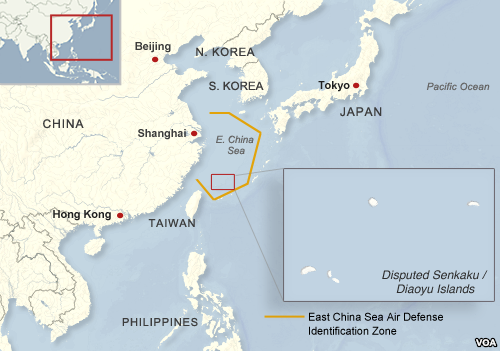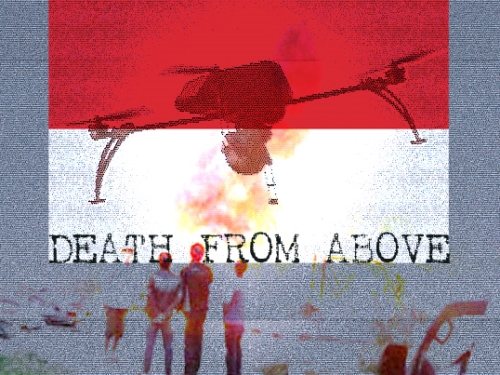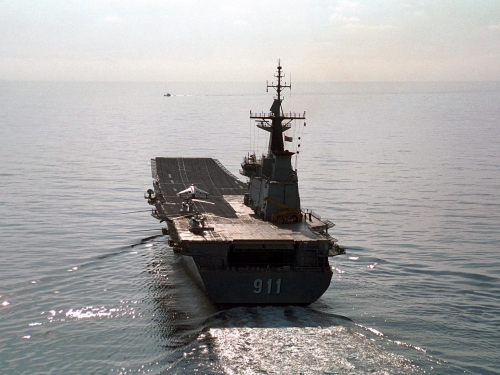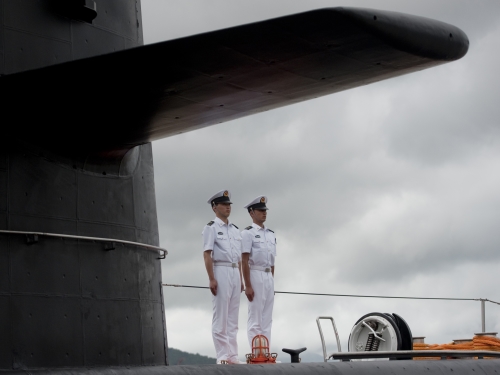
This article was originally published by War on the Rocks on 1 October, 2015.
Hans Christian Andersen crafted the parable of the emperor’s new clothes to teach children how pomposity and collective denial can produce stupidity and how childlike honesty can cut through it all. The tale centers on a credulous emperor and a circle of courtiers and subjects who were willing to play along with the delusion – a situation now mirrored not only in the Pentagon, but also in the White House and Congress. And the U.S. Navy is caught in in this web of pomposity and collective denial on two fronts. The first involves the Navy’s Fleet Response Program (FRP) and the second is the inconsistency between the Unified Command Plan (UCP) and the Navy’s operating environment – the world’s oceans. These issues might not sound sexy, but they are crucial to understand. Both are related and the net result is an over-extended Navy, bereft of a command-and-control apparatus congruent with its operating environment.




